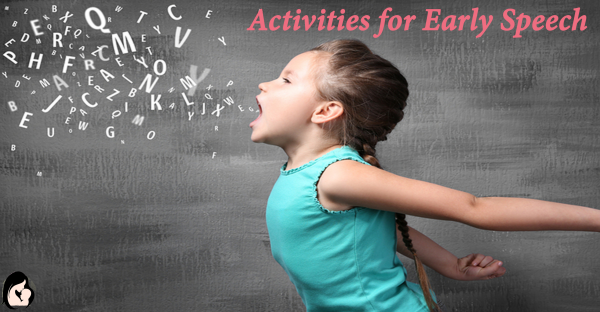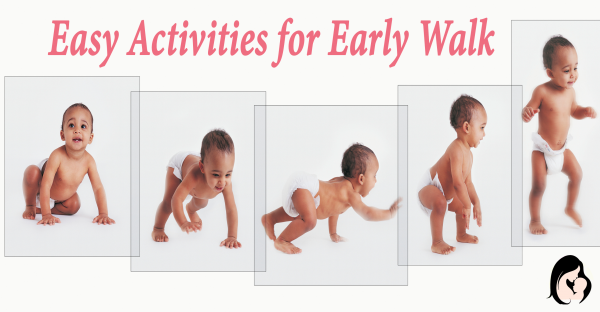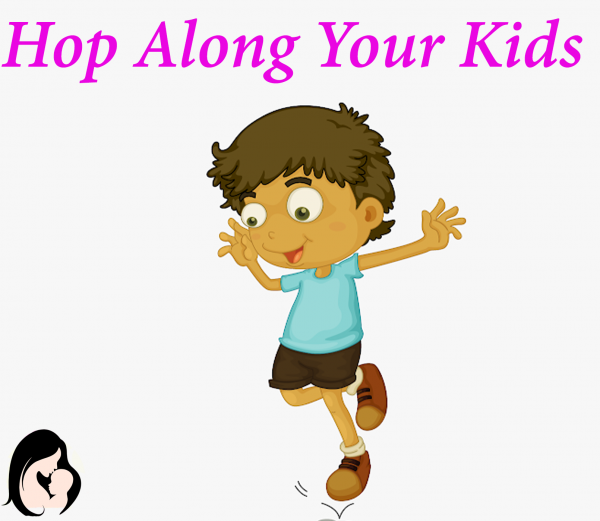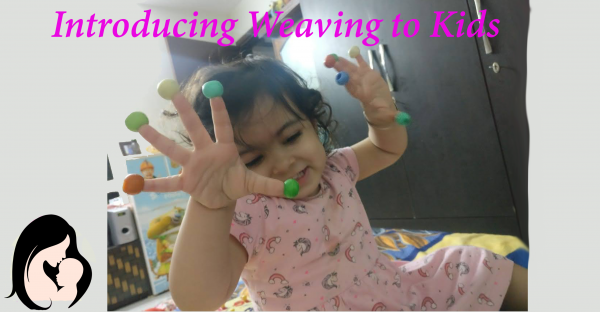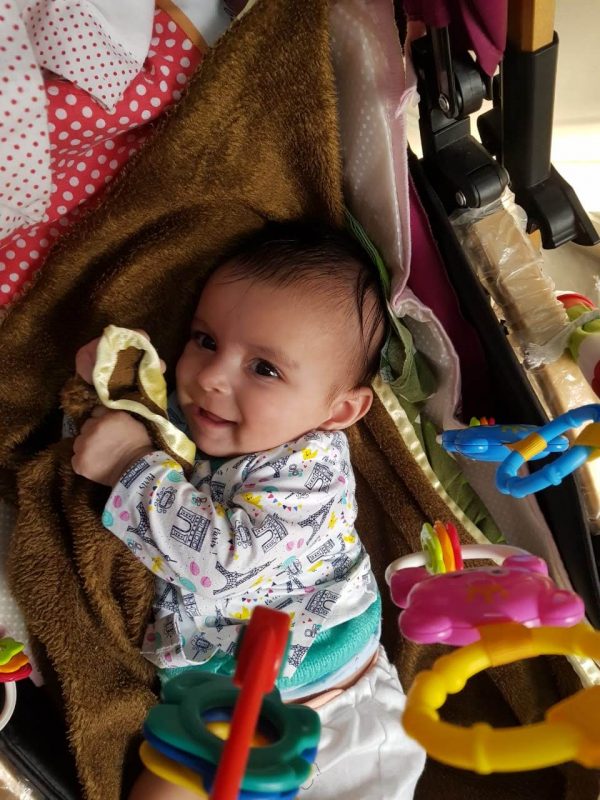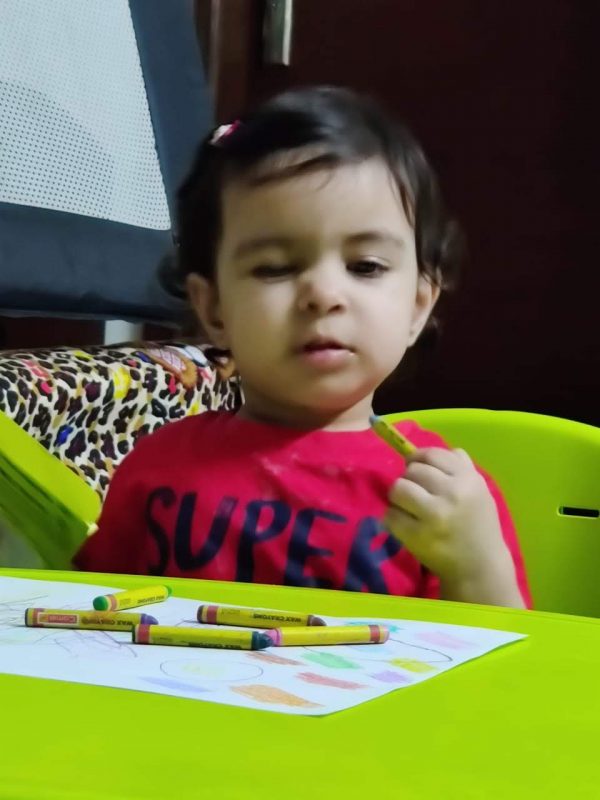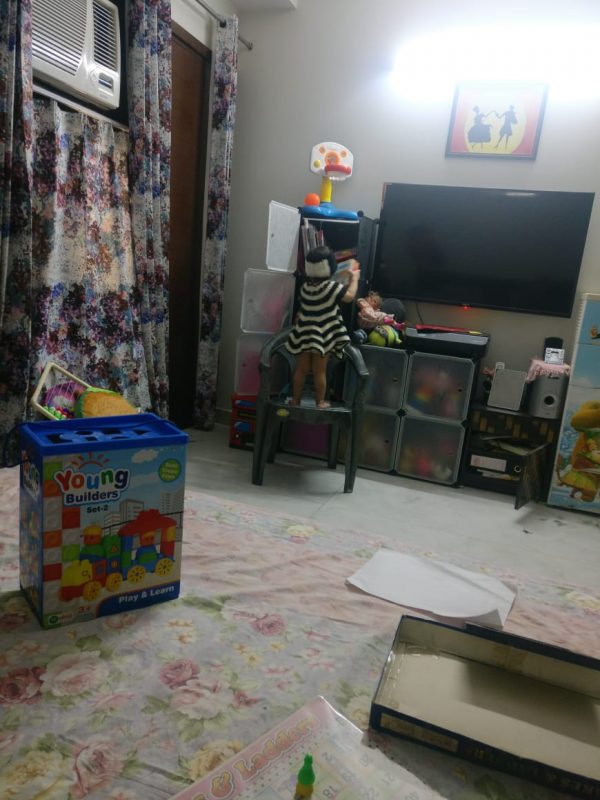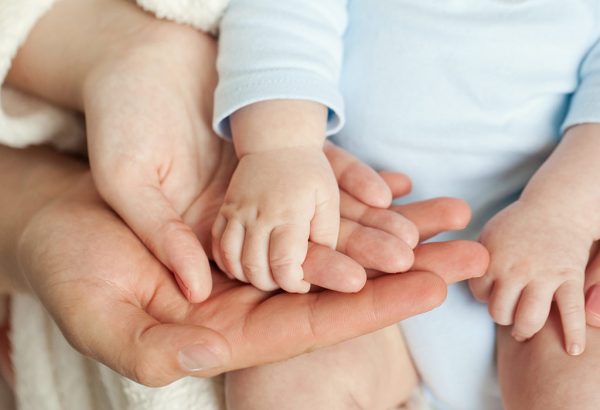Months back, I shared my experience of meeting moms who are worried over their kids’ delayed milestone achievements. I firmly believe in the fact that every child is different, however, if a child doesn’t start speaking at 2 years of age, it might be a reason to worry. In that scenario, you might want to opt for Speech Therapy for your child.
Easy Activities for early walk
One of the easy activities for early walk is crawling. Crawl with your child and show them their favorite toy for them to reach out.
Hop Along Your Child
Hopping helps kids to develop stronger leg muscles and enhance dynamic balance among kids. So, why not hop along your child and be a child again?
Introducing Weaving to Kids
Introducing weaving to your toddler is a lot more fun. It brings excitement among kids and helps boost their concentration power.
Tummy Time = Fun Time
Tummy Time is fun and first exercise for babies to start off. It helps develop their motor skills, strengthen their muscles and much more
Introducing Colors
Colors fascinate all of us, isn’t it? Introducing colors to your kids can be fun as well as challenging also. Colors attract kids more than anything else. With my own experience, I can say that colors in any form are the best tools to entertain kids. Today, I will share some of the ways you […]
Basic House activities for kids to involve in
So, here I am with a significant post about Various House Activities for kids. As parents, we believe or understand, that we should not let our kids work or participate in daily house activities. But trust me, by doing this, you are only deteriorating your kid. Involving kids in some of the house activities is […]
Parent Child Bond – Activities to strengthen
Continuing, the theme of the week, Parent Child bond; this post is about the basic activities, we as parents can carry out with our kids to strengthen our bond with them.

